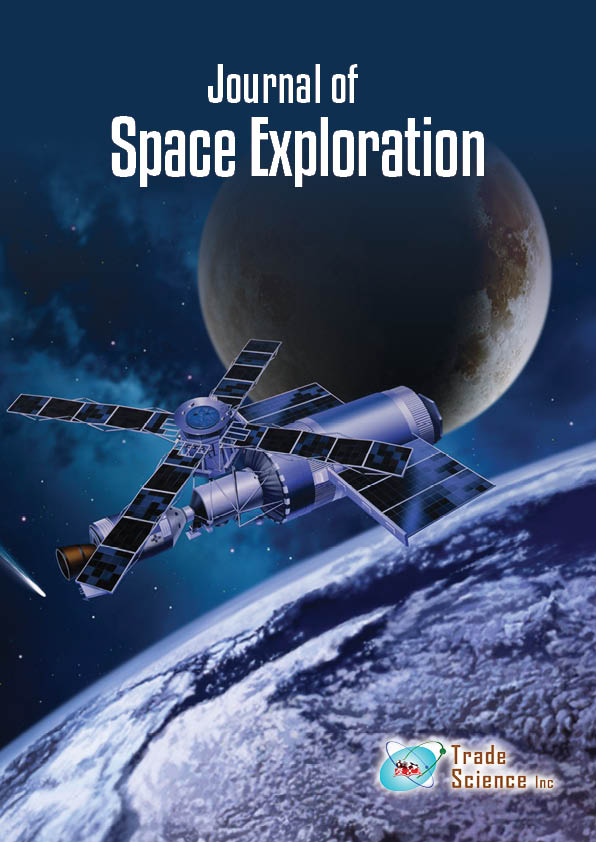抽象的
SUSPENDED ANIMATION FOR DEEP SPACE FLIGHT
Mauricio Girard, Daniel Barranco, Martina Canatelli-Mallat, Camila D. Pasquini, José L. Cordeiro and Rodolfo G. Goya*
The discovery of extrasolar planets as well as the growing number of earth-like exoplanets being detected almost routinely, is galvanizing the interest of the public and space agencies alike to plan for exploratory missions to potentially habitable exoplanets. For manned interstellar space flight, ultralow subzero suspended animation strategies will be mandatory since interstellar travel will probably take a number of years measured in 3-digit figures. The rapid progress of cryobiology and freezing technology is giving rise to a growing certainty about the feasibility of reversibly cryopreserving organs and whole organisms at subzero temperatures. Cryopreservation of very small organisms like mammalian embryos, is routinely achieved by fast vitrification and ultrafast rewarming. Studies in lower animals, like the nematode C. elegans, have shown that the nervous system can be successfully cryopreserved and brought back to a functional condition by superfast freezing and thawing procedures, preserving the memory of trained specimens. This article will briefly review the advances in reversible cryopreservation of living organisms and its potential for implementing fully reversible long-term SA as a suitable technology for manned deep-space flight.
